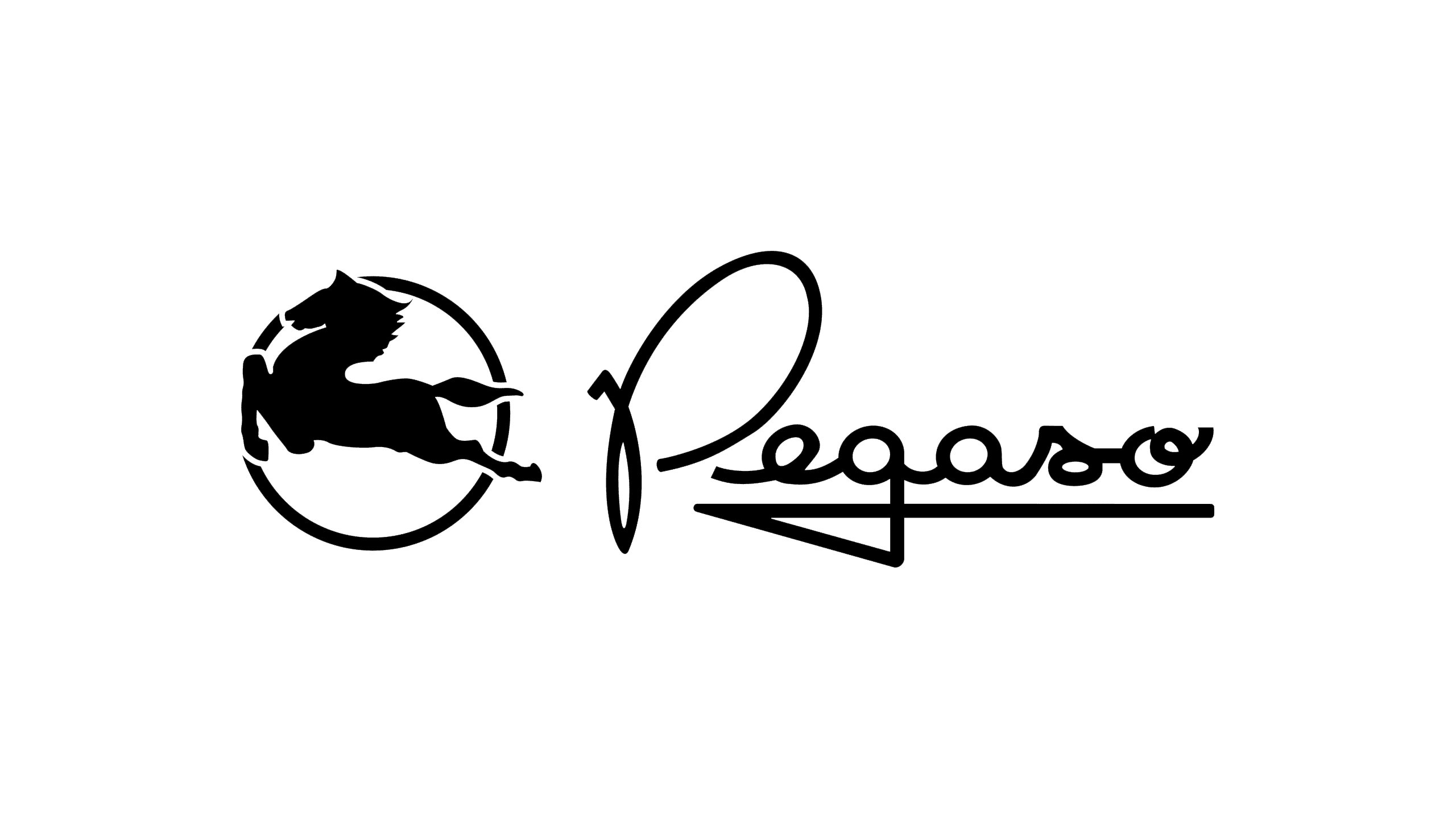1952 Pegaso Z-102 Cùpula

The descriptions of the Classic Cars in the Directory were partly generated or supplemented with the help of artificial intelligence (AI). The content may occasionally not always be entirely accurate or factually correct despite careful checking.
The Pegaso Z-102 Cùpula 1952 is a technical masterpiece on wheels, representing the pinnacle of automotive innovation in the early 1950s. It was built by the Spanish automaker Pegaso, which was known for creating some of the most impressive sports cars of the era. The Z-102 was a true engineering marvel that featured a powerful V8 engine, state-of-the-art suspension, and aerodynamic bodywork, making it a force to be reckoned with on the race track and on the open road.
Perhaps the most notable feature of the Z-102 is its engine. The car was fitted with a 3.2-liter V8 that was capable of producing 175 horsepower, which was a staggering amount of power at the time. The engine was also equipped with a dry sump lubrication system and dual overhead camshafts, which allowed it to rev higher and produce more power than the engines found in other cars of the era. The V8 was mated to a four-speed manual transmission, which allowed drivers to make the most of the engine's power.
The Z-102's suspension was equally impressive. The car featured a sophisticated independent suspension system that used double wishbones at the front and a De Dion axle at the rear. This setup allowed the car to handle corners with precision and agility, and it was more than capable of keeping up with the competition on the race track. The suspension was further bolstered by an adjustable telescopic shock absorber system, which allowed drivers to fine-tune the car's handling to suit their preferences.
The Z-102's bodywork was just as impressive as its engine and suspension. The car was designed with aerodynamics in mind, and its sleek curves and sloping roofline gave it a low drag coefficient that helped it slice through the air with ease. The body was also made from lightweight materials like aluminum and magnesium, which helped to keep the car's weight down and improve its handling.
Inside, the Z-102 was a testament to the luxury and refinement that could be found in sports cars of the era. The car featured plush leather seats, a wood-rimmed steering wheel, and an array of gauges and controls that were both functional and stylish. It was a car that could be equally at home on the race track or on a scenic drive through the countryside.
In conclusion, the Pegaso Z-102 Cùpula 1952 is a true icon of automotive engineering. Its powerful V8 engine, sophisticated suspension, and aerodynamic bodywork make it a standout in a sea of sports cars from the era. It was a car that was ahead of its time, and its legacy lives on as a testament to the art and science of automotive design.
Milestones
- Introduction of Pegaso Z-102 at Paris Auto Show in 1951 - Production of the Z-102 Cupula begins in 1952 - Use of advanced technology such as dual overhead cams, four-wheel independent suspension, and a tubular space-frame chassis - The car features a futuristic, aerodynamic design with a bubble canopy roof - Developed with the input of former Alfa Romeo engineers including Wilfredo Ricart - Offered as a luxury GT car with bespoke coachwork designed and built by top coachbuilders such as Saoutchik, Touring Superleggera, and Enasa - Only 90 Z-102s built between 1951 and 1958, with 30 featuring the Cupula body style - Many prominent figures owned or frequently drove a Z-102, including Spanish dictator General Francisco Franco and actor Gary Cooper - Z-102s achieved significant racing success, with notable wins at the 24 Hours of Le Mans, the Carrera Panamericana, and the Montlhéry Autodrome - The Z-102 was widely regarded as one of the most advanced and beautiful cars of its era and is now considered a rare and highly sought-after collectors' item.Technical
- The Pegaso Z-102 Cùpula was a high-performance sports car produced by the Spanish automaker Pegaso between 1951 and 1958. - The car was powered by a 2.5-liter, dual-overhead-cam, V8 engine that was capable of producing up to 170 horsepower and 150 lb-ft of torque. - The engine featured a dry-sump oiling system, a magnesium alloy block, and aluminum cylinder heads. - The Z-102 Cùpula had a tubular steel frame that was designed to be lightweight and rigid. - The suspension system consisted of independent front and rear suspension with coil springs and hydraulic shock absorbers. - The car featured a four-speed manual transmission and rear-wheel drive. - The body of the Z-102 Cùpula was designed by the Italian coachbuilder Pedro Serra and featured a sleek, aerodynamic shape with a hardtop roof and curved windshield. - The car had a top speed of around 120 mph and was capable of accelerating from 0 to 60 mph in around 10 seconds. - The Z-102 Cùpula was produced in limited numbers, with just 86 examples built, making it a rare and highly sought-after collector's item today. - The car's rarity, combined with its unique design and high-performance capabilities, has made it a favorite among collectors and enthusiasts of classic sports cars.